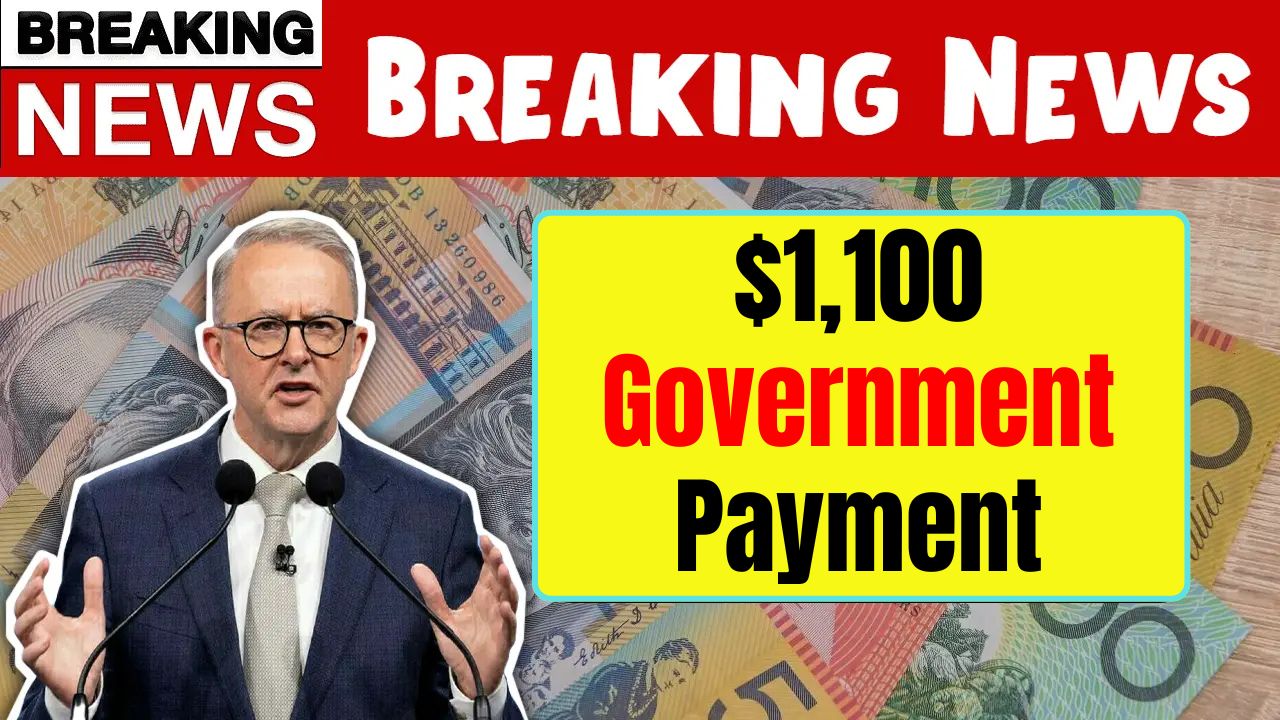In the face of rising living costs, the Australian government has rolled out an $1,100 relief package to address the dire financial situation of citizens. This is but one aspect of ensuring everyone has access to economic essentials.
Overview of the $1,100 Relief Package
The package aims to assist households on very low or fixed incomes by giving financial assistance to meet basic living expenses. A maximum of $1,100 can be claimed by eligible households, which will be utilized for utility and similar service expenses.
Available Concessions
To give relief to the household expenses, this package has some concessions. The cost-of-living concession is available to eligible households for up to $255.60. There is an energy concession for electricity expenses of up to $274.85. For water expenses, the water concession covers up to $398.40.
The sewerage concession up to $162.20 would provide assistance with respect to charges for sewerage. There is also available a medical heating and cooling concession for a maximum amount of $274.85 for rent or purchase of medical heating and cooling devices. Finally, the emergency services levy concession will give up to $46 for the emergency services levy on fixed properties.
Over 215,000 households, roughly 25% of households in South Australia, are eligible for these concessions, most of whom comprise older Australians, families, single parents, and people with disabilities.
Extra Support Measures
Moreover, the government quickly announced several initiatives to keep helping their citizens alongside the $1,100 relief package. Some 400,000 members of the Seniors Card will be entitled to free travel on public transport, with this definition expanding to all holders of a Centrelink Health Care Card on January 1, 2025.
The sports voucher scheme provides two grants of $100 for 2025 to support children’s engagement in sport and recreational activities for physical health and community participation. In addition, the materials and services charge subsidy will be increased to $200 per child for government school students for 2025 to relieve the financial burden on families.
Together, these measures aim to create a safety net for South Australians so they can afford essential services and opportunities that continue to increase in costs.
Effects of Rising Living Costs on Households in Australia
Living costs have been making life hard for many Australian families. Inflation peaked in 32 years at 7.8%, causing food, fuel, and building prices to rise. Interest rates too added fuel to the fire of household budgets.
Advisors claim that mortgages have doubled in the last 18 months, wherefore many Australians are having trouble making ends meet. It is in this situation that government support measures, including the $1,100 relief package, become relevant.
How to Apply for the Relief Package
After confirming eligibility as per the criteria for each concession, eligible households must apply online via the official government website. They should always have the following documentation to support their application: proof of income, proof of residence, and details of the concession card.
After checking and confirming all required documents, applications can be submitted not later than the stipulated deadlines. The Concessions SA hotline or government website are other sources of help and information for households.
What Else is the Government Doing to Provide Cost-of-Living Relief?
The $1,100 is part of a wider range of government-assisted initiatives to relieve the burden weighed upon Australians. The government had announced tax cuts to the tune of A$17.1 billion-which included cuts to the lowest tax slabs that essentially gave a bigger benefit to average wage earners in terms of tax relief.
The $3.5 billion Energy Bill Relief Fund offered $300 in electricity bill rebates to households in Australia in the financial year 2024-25, paid back in quarterly installments. A big investment in enhancing Medicare will also ensure that healthcare becomes more accessible and affordable.
These policies are a clear indication of the government’s preference to support its citizens through economic adversities and to nurture a fair and more-resilient society.
Conclusion
This $1,100 cost-of-living relief package, in addition to support measures, is a veritable milestone that symbolizes the Australian government’s efforts to bring relief to the households that are currently faced with challenges of financial hardship.
These initiatives are important in providing financial support and in expanding equally important services aimed at relieving economic challenges and uplift the living standard of every Australian out there.



